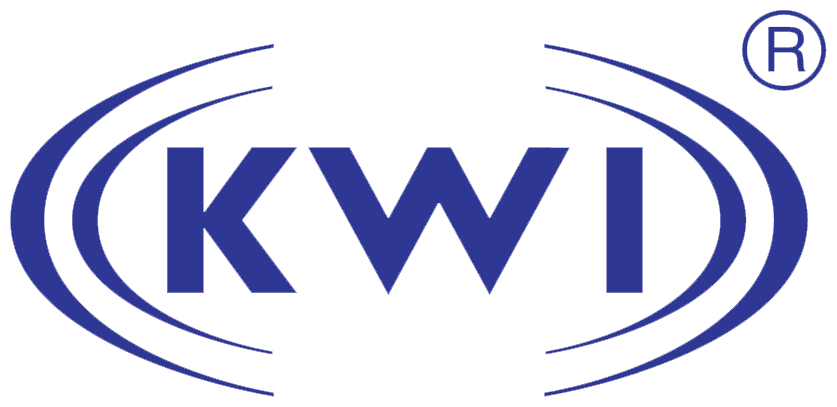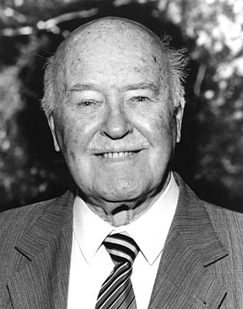A Brief History
|
Born in Ljubljana in 1912, Dr Milos Krofta studied mechanical engineering and went on to become a manager of Yugoslavia’s 3 largest paper mills at age 26. During the war in 1941, Slovenian paper mills came initially under Italian command, then German and finally communist Yugoslavian, in the process of which 2 of the smaller mills were transported to Serbia (managers, workers and machinery). Fighting for his life for opposing the communist government, he fled to Italy with his family, where he went on to start his businesses from 1949- Krofta Waters Incorporated (KWI) and Krofta Engineering Corporation. Following a rising threat from communist political advances in Italy, the Krofta family and business relocated to the United States, setting up headquarters in Massachusetts, where they setup the head quarters to branch out all over the world. Nowadays, the HQ of KWI is located in Ferlach, Austria along with our dedicated manufacturing workshop. |
Original Invention- Flotator
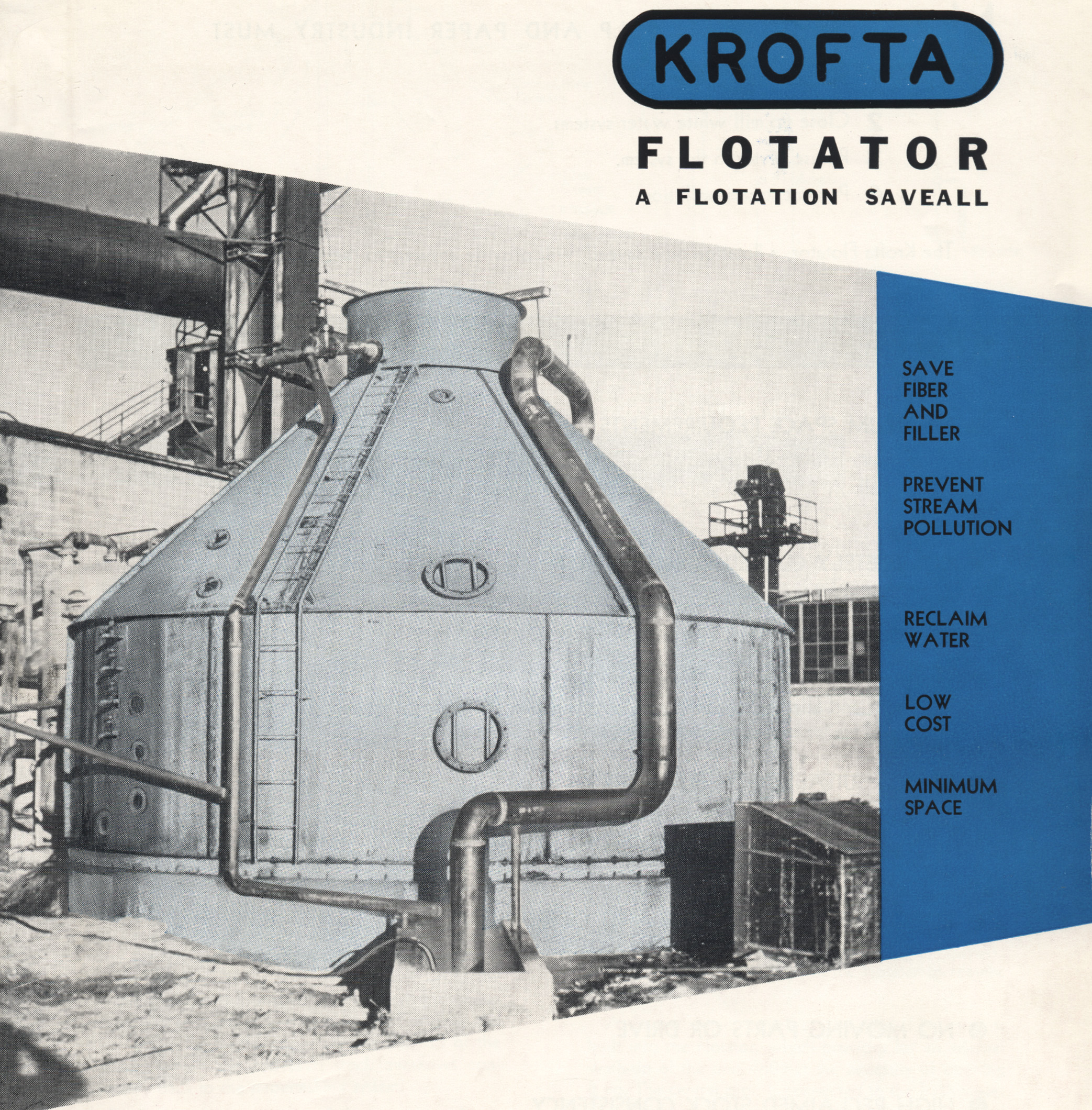 |
| During the years in which Krofta managed production in paper mills, he was a passionate advocate of water re-use, with the aim of zero-discharge. Starting in 1960, he successfully trialled the technology he had envisioned, and his first invention was the Flotator. The function of the space-age looking machine was simple, to allow the recovery of paper fibre and the re-use of the paper machine whitewater. |
Lenox Institute of Water Technology (1970)
| Following the success of the trials, Dr Krofta invented several different machines based on the principle of dissolved air flotation (DAF). He setup a non-profit research and educational establishment called the Lenox Institute of Water Technology in Lenox, Massachusetts USA. |
Supercell
| The Supercell is the most commonly adapted DAF unit utilized in pulp and paper, it was originally designed in 1972 and updated to the current systems used in 2020. In the drive for higher efficiency clarification, with the zero-velocity concept, the feed water was introduced through a series of pipes, distributing the flow equally throughout the flotation area. It is often placed on the roof or elevated places as to achieve the closest point to the paper machine, a smaller area density (approximately 700 kg/m3) was incorporated into the design by introducing a maximum flooded tank depth of 400 mm. You can find out more about the latest innovations for the Supercell design, in the products section. |
||||
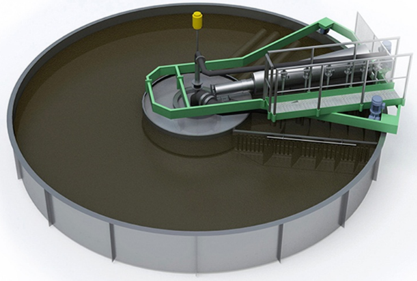 |
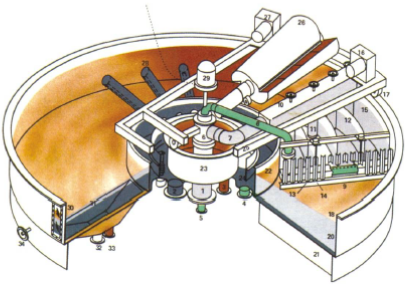 |
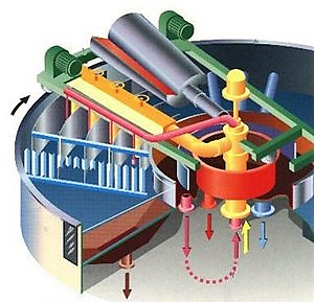 |
||
SAF BP- Klaricell
| Invented in 1981, the Klaricell was designed with the dissolved air flotation filtration (DAFF) principle, to combine flotation and filtration into one extremely compact and space-saving machine. The first commercial unit was installed in 1984 at the Lenox Mass Treatment Works for Potable Water. Following years of R&D the original design was upgraded to cater for industrial uses, including on pulp and paper manufacturing sites achieving TSS of < 10mg/L when used for tertiary treatment. | ||||
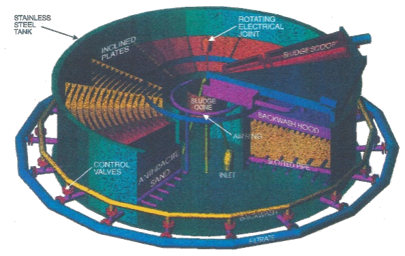 |
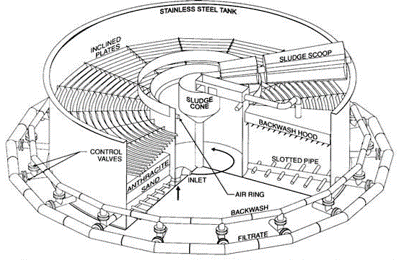 |
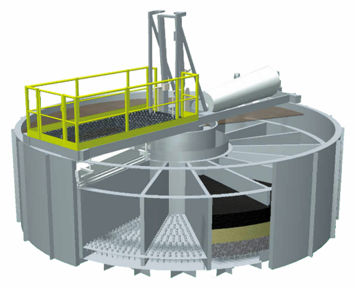 |
||
Water Usage in Papermaking
| The diagram in green below demonstrates the major points of loss in pulp and paper mills. The key points of water usage are demonstrated by the bar chart. | |
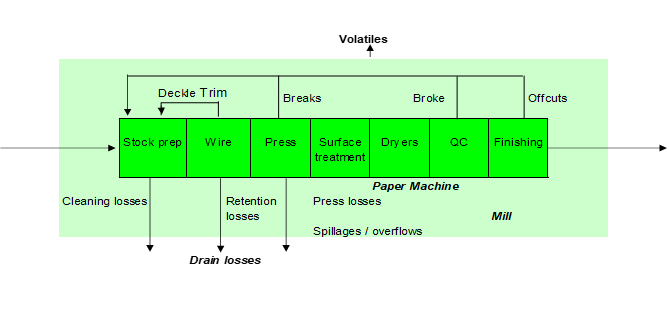 |
|
| Typically the biggest water use for paper mills in in the vacuum pumps, with half as much used in the wire showersand the thickener showers. Evidently, the need to recycle the whitewater was recognised by Dr Milos Krofta, and his inventions are well known in the paper industry as Kroftas. | 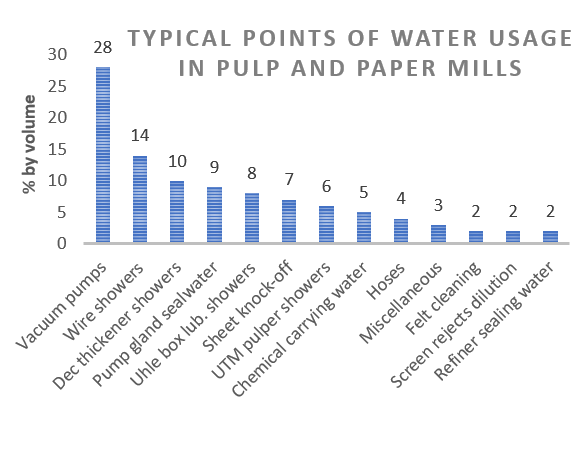 |
Krofta uses in the Paper Industry
Pulp and Whitewater RecoveryDAF is mostly used in pulp and paper industry for the treatment of thermo-mechanical pulp (TMP) filtrates. The process allows for the recovery of water for re-use which has already been chemically conditioned, and preserve any heat energy in the water. It also allows the recovery of cleaner fibre as dirt is removed from the washing stages. |
|
De-inkingIn de-inking applications, the ink is removed with the addition of surfactants and the introduction of air by dissolution into the recovered pulp. When air bubbles are nucleated with a size distribution around 20-50 microns, and a rise rate of 8-12 cm/minute (for the paper industry), the bubbles provide a mechanical buoyancy force to float the suspended solids. When chemical aids are used, coagulants neutralize the electrostatic loading of colloidal particles and allows them to agglomerate. Polymers connect the neutralized particles in large flocs and again the buoyancy force of the air bubbles provides the lift needed. Both coagulant and polymer modify the electrostatic charge of particles, so as to promote the attraction of the floc to the bubbles. Moreover, hydrophobic and components that are less dense than water like ink particles, are easily floated and consequently removed by either a rotating scoop or scraper system. |
 |
Primary Wastewater Treatment

|
The Supercell is the first choice for primary effluent clarification, for pulp and paper industries. It uses less space than traditional clarifiers, and a single unit can treat up to 2500 m3/h. With an adjustable scoop and carriage speed, this unit is flexible enough to cope with variations in solids and hydraulic loading, provided the chemical dosing is proportional to the total suspended solids and flowrate. |
Secondary Wastewater Treatment
| For sludge thickening and clarification applications, a deeper tank is more suited for fragile and weaker flocs, providing the residence time nesessary to generate a better sludge blanket or sedimented layer. In the balance between the floated sludge and sedimented sludge removal, a deeper tank depth can also allow a higher level of mixed liqour suspended solids to be run in the aeration basin. | 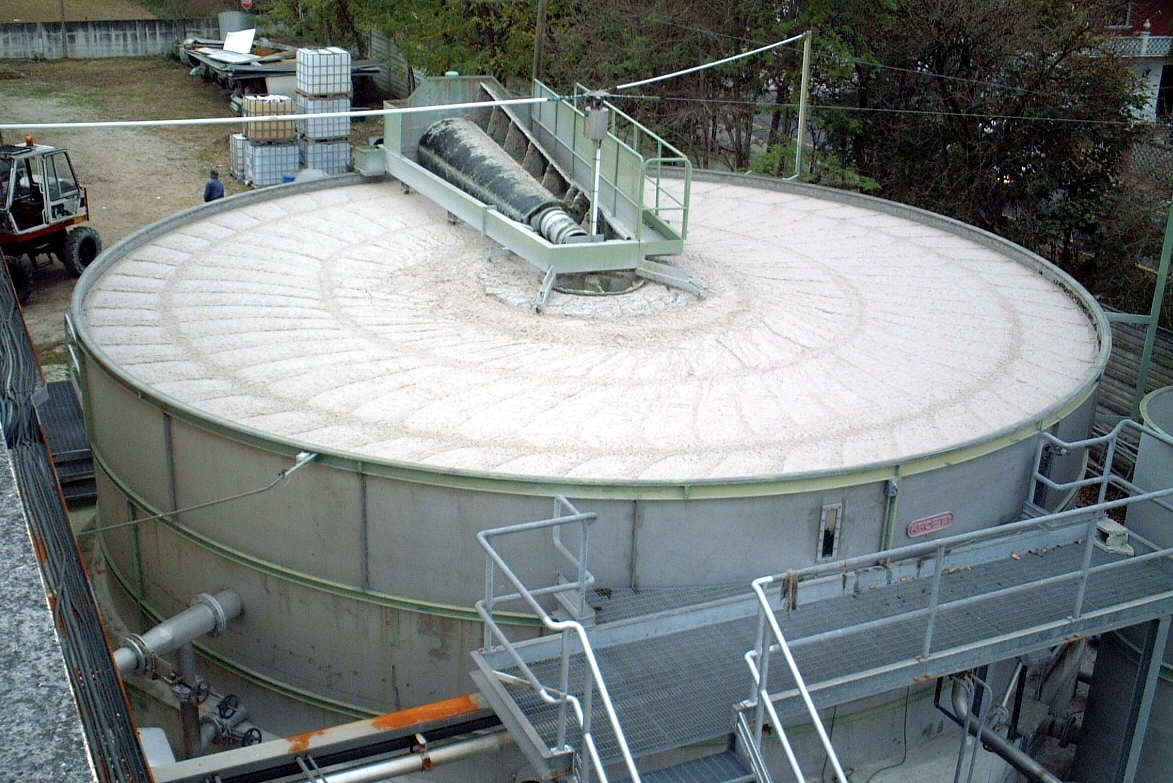 |
Tertiary Wastewater Treatment
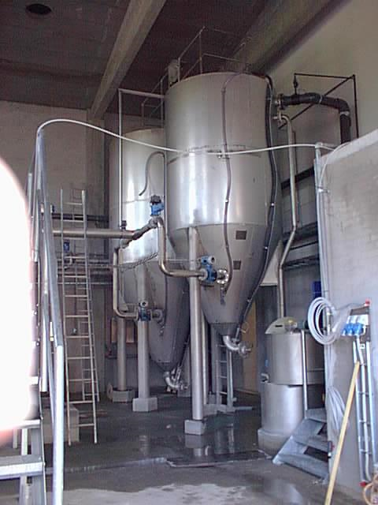 |
The polishing in wastewater can be done using traditional continuous back-wash sand filtration. With the backwash facility being the main contributer to the water quality output on a continuous sand filter, it is essential to optimize the backwash parameters (reducing the need for any coagulants). Sand filtration is also used for phosphorus reduction in tiertiary treatment. |
|
KWI have completed over 500 paper projects using over 1000 DAF units worldwide. If you have a question or enquiry for DAF technology, please do not hesitate to contact us! |
